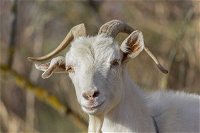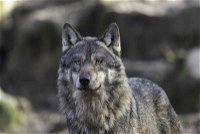
The Picture and the Word: Aesop's Fables Quiz
Here are twelve fables attributed to Aesop, the famous Greek storyteller. Please match the picture on the left with the word(s) on the right to complete the titles of the fables.
by wellenbrecher.
Estimated time: 3 mins.











